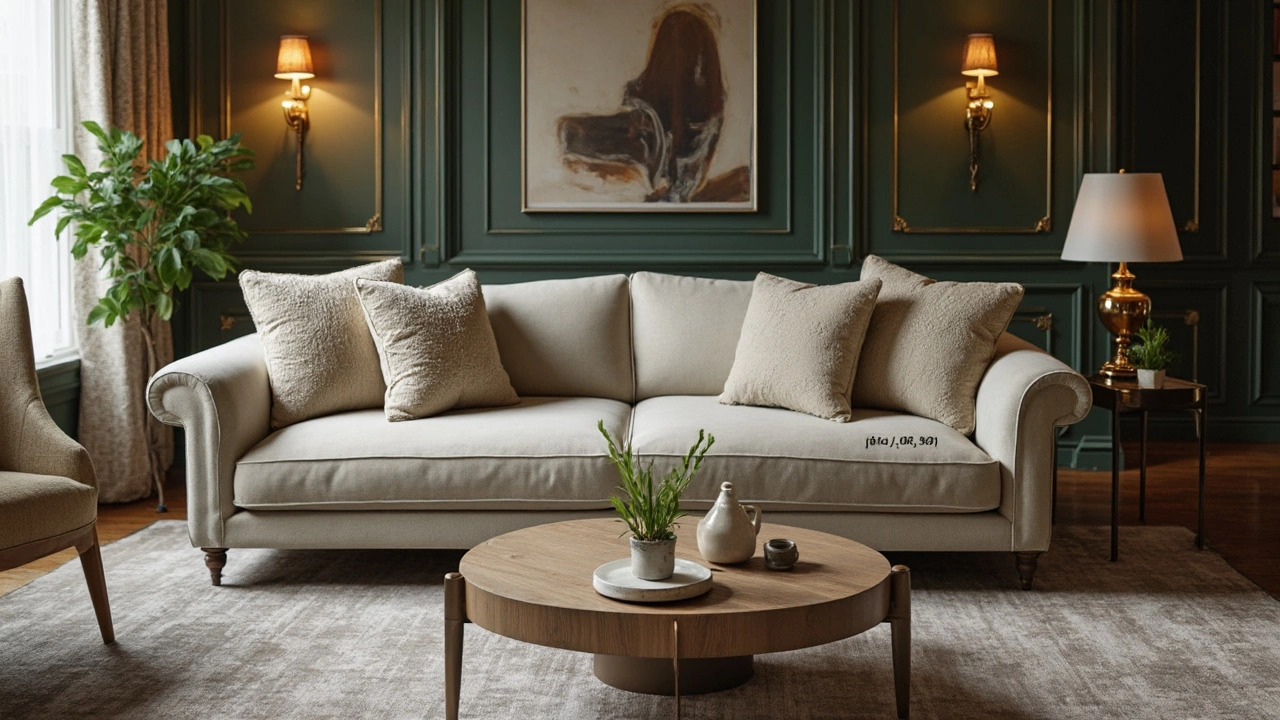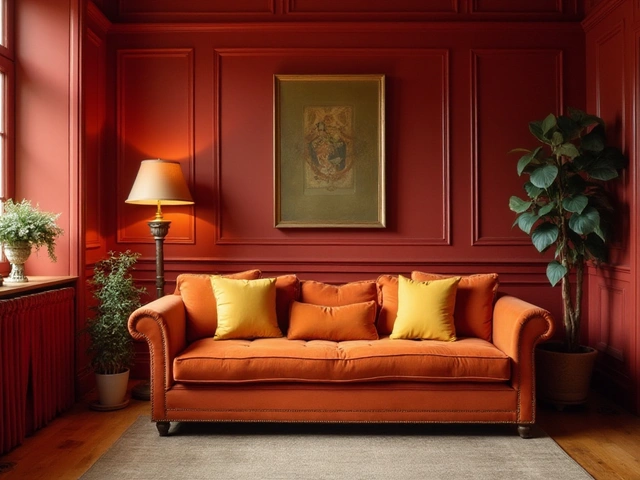Cushion Material Guide: How to Pick the Right Fill for Your Home
When you sit down on a sofa or lounge chair, the first thing you notice is how the cushion feels. That feeling comes straight from the material inside. Picking the right cushion material can make a room feel cozy, keep you comfortable for years, and even save you money. Below is a down‑to‑earth rundown of the most common fills and how to match them to your lifestyle.
Common Types of Cushion Materials
Foam (high‑resilience, memory, and polyester) – Foam is the workhorse of cushions. High‑resilience (HR) foam offers a firm bounce that springs back quickly, perfect for high‑traffic sofas. Memory foam hugs your body and is great for reading nooks or home theaters where you want a softer sink‑in feel. Polyester (poly‑fill) is cheap, lightweight, and blurs into a fluffy shape, but it flattens fast on daily use.
Feather and down – These natural fills feel light and plush. Down gives a cloud‑like loft, while feathers add a bit more structure. They’re ideal for decorative pillows or low‑use seating, but they need regular fluffing and are prone to leaking if the cover gets ripped.
Fiber blends (poly‑feather, cotton‑blend) – Manufacturers mix synthetic fibers with natural down or cotton to get a balance of softness and durability. These blends keep the cushion from flattening quickly and still feel cozy. They’re a good middle ground for families who want a soft look without the upkeep of pure feather.
Eco‑friendly options (bamboo fiber, recycled polyester) – If sustainability matters, look for cushions filled with bamboo viscose or recycled PET fibers. They mimic the loft of polyester but have a lower environmental impact. Performance is comparable, though some may feel slightly firmer.
How to Choose the Right Material for You
First, think about how often the cushion will be used. A couch you sink into every night needs a durable fill like HR foam or a high‑density polyester blend. A decorative throw pillow that sits on a mantel can get away with feather or a soft cotton blend.
Next, consider comfort preferences. Do you like a firm seat that supports your back, or a plush cushion that hugs you? Firmness is measured by foam density – 20‑30 kg/m³ is soft, 30‑40 kg/m³ offers medium support, and 40 kg/m³+ is firm. For feather lovers, a 70/30 feather‑to‑down ratio gives structure without feeling too stiff.
Allergies are another factor. Some people react to down or certain synthetic fibers. Look for hypoallergenic labels or choose cotton‑based blends that are easier on the nose.
Budget will guide the final pick. Foam and polyester blends are the cheapest and last longer under heavy use. Feather and down feel luxurious but need a higher upfront spend and occasional maintenance.
Finally, think about care. Foam cushions can be spot‑cleaned and usually stay flat for years. Feather fills need a breathable cover and occasional shaking. Most eco‑fibers are machine‑washable, but always follow the manufacturer’s instructions to avoid clumping.
Bottom line: match the material to the room’s traffic, your comfort vibe, any health concerns, and the money you want to spend. When you get the right cushion material, you’ll notice the difference the first time you sit down – and you’ll keep enjoying it for years.






